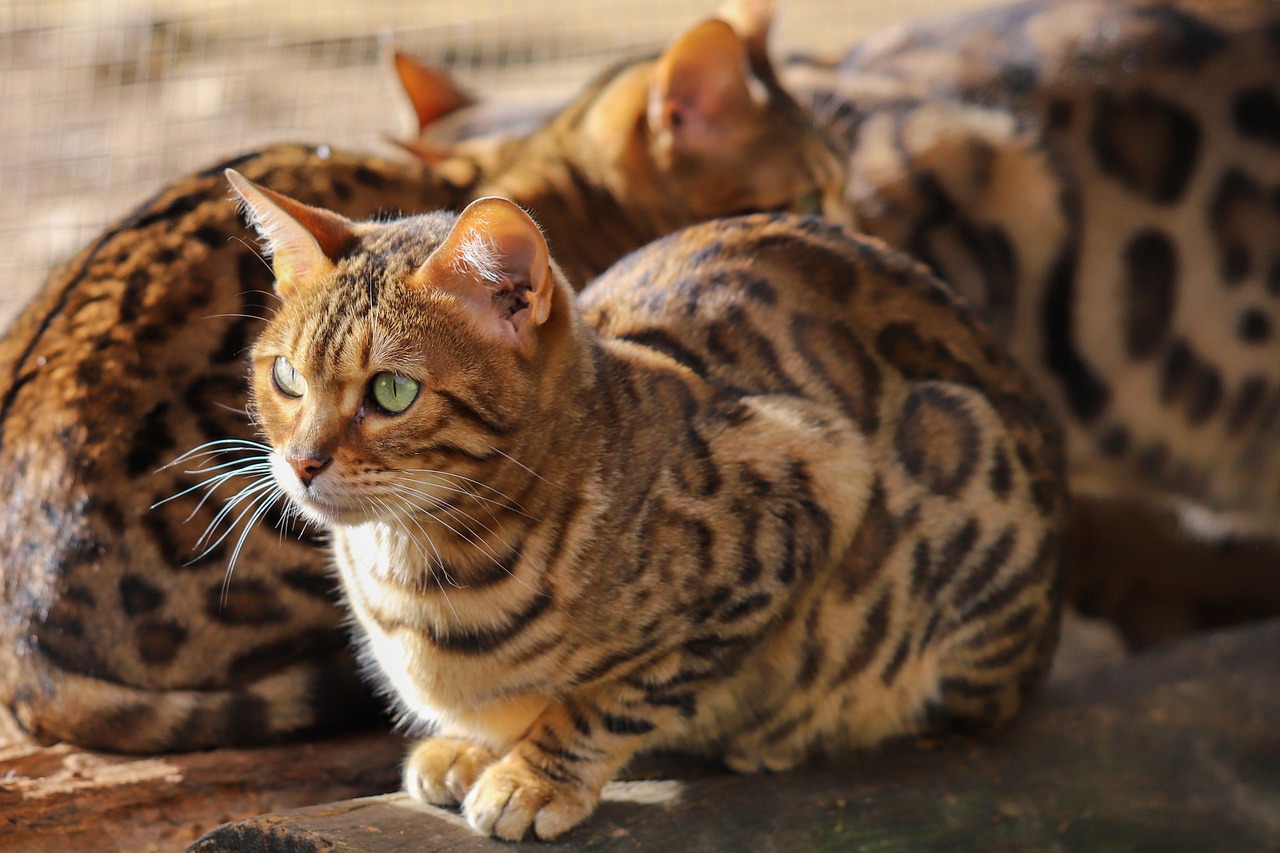From the vibrant chameleons blending seamlessly into their arboreal homes to the stoic turtles carrying ancient wisdom on their backs, reptiles represent a dazzling array of life forms that have captivated and intrigued humans for centuries. These cold-blooded creatures, adapted to thrive in diverse environments, boast an evolutionary history as rich and varied as their scales are colorful. Understanding the vast world of reptile species is not only fascinating but crucial for conservation efforts and appreciating the intricate balance of our ecosystems.
Understanding Reptile Classification
What Defines a Reptile?
Reptiles are amniotes, meaning their embryos develop within a protective membrane, allowing them to reproduce on land. They are generally characterized by:
- Cold-bloodedness (ectothermic): Relying on external sources for body heat.
- Scaly skin: Providing protection and preventing water loss.
- Laying eggs: Though some species give birth to live young.
- Breathing with lungs: Unlike amphibians, reptiles breathe exclusively with lungs.
- Three-chambered heart (with some exceptions): Crocodiles have a four-chambered heart.
Major Reptile Orders
The reptile family tree branches into four primary orders, each containing a diverse collection of species:
- Squamata: This order encompasses lizards and snakes, representing the largest group of reptiles. They are characterized by their movable quadrate bones, allowing for wider jaw movement. For example, the Komodo dragon, the largest lizard species, belongs to this order. Snakes, also in Squamata, showcase incredible adaptations for hunting and survival, such as venom and constricting abilities.
- Testudines: Turtles and tortoises fall under this order. Their defining feature is a bony shell, providing a protective barrier. The Green Sea Turtle, a globally distributed species, is a prime example, navigating the oceans for foraging and breeding. Tortoises are terrestrial and often have domed shells.
- Crocodilia: Crocodiles, alligators, caimans, and gharials constitute this group. They are apex predators with powerful jaws and armored bodies. The Nile crocodile, found in Africa, is known for its aggressive hunting behavior and impressive size.
- Rhynchocephalia: This order contains only one living species: the Tuatara, native to New Zealand. Often referred to as a “living fossil,” the Tuatara possesses unique anatomical features that link it to reptiles from the distant past. It has a parietal eye, a light-sensitive organ on the top of its head.
Adaptations and Habitats
Remarkable Adaptations
Reptiles have evolved a remarkable array of adaptations to thrive in various environments:
- Camouflage: Chameleons can change color to blend into their surroundings, offering protection from predators and aiding in ambush hunting.
- Venom: Snakes like cobras and vipers possess venom that can immobilize or kill prey.
- Thermoregulation: Reptiles utilize basking behavior to regulate their body temperature, often seen basking on rocks or logs.
- Shell: Turtles and tortoises have shells for protection.
Diverse Habitats
Reptiles inhabit nearly every continent (except Antarctica) and a wide range of ecosystems:
- Deserts: Lizards like the Gila monster and snakes like the sidewinder are well-suited to arid environments, conserving water efficiently.
- Rainforests: Chameleons, arboreal snakes, and various lizards find refuge in the lush rainforest canopy.
- Oceans: Sea turtles and sea snakes are adapted to marine life, possessing specialized salt glands and streamlined bodies.
- Grasslands: Snakes such as garter snakes are common in grasslands, preying on rodents and insects.
Conservation Concerns and Efforts
Threats to Reptiles
Reptiles face numerous threats, leading to population declines and extinctions:
- Habitat Loss: Deforestation, urbanization, and agricultural expansion destroy reptile habitats.
- Climate Change: Rising temperatures and changing weather patterns disrupt reptile breeding cycles and habitats.
- Poaching and Illegal Trade: Many reptiles are captured for the pet trade, traditional medicine, or for their skins.
- Invasive Species: Introduced species can prey on reptiles or compete for resources.
Conservation Strategies
Protecting reptiles requires a multifaceted approach:
- Habitat Preservation: Establishing protected areas and restoring degraded habitats are crucial.
- Combating Illegal Trade: Enforcing laws against poaching and illegal wildlife trade.
- Climate Change Mitigation: Reducing greenhouse gas emissions to minimize the impacts of climate change.
- Raising Awareness: Educating the public about the importance of reptile conservation.
- Captive Breeding Programs: Breeding endangered species in captivity for eventual release into the wild.
Reptiles as Pets: Responsible Ownership
Choosing the Right Reptile
If considering a reptile as a pet, research is crucial:
- Space Requirements: Consider the size and enclosure needs of the reptile. A large iguana, for example, requires a significantly larger enclosure than a leopard gecko.
- Dietary Needs: Understand the specific dietary requirements of the reptile. Some reptiles are insectivores, while others are herbivores or carnivores.
- Environmental Conditions: Provide appropriate temperature, humidity, and lighting.
- Commitment Level: Reptiles can live for many years and require ongoing care. A tortoise, for example, can live for over 50 years.
Ethical Considerations
- Source Responsibly: Purchase reptiles from reputable breeders or rescue organizations.
- Avoid Wild-Caught Reptiles: Wild-caught reptiles often suffer high mortality rates and can disrupt wild populations.
- Provide Enrichment: Offer appropriate substrates, hiding places, and climbing structures to stimulate natural behaviors.
Common Reptile Myths and Facts
Debunking Myths
- Myth: Reptiles are slimy. Fact: Reptile skin is dry and scaly.
- Myth: All snakes are venomous. Fact: Only a small percentage of snake species are venomous.
- Myth: Turtles can easily come out of their shells. Fact: The shell is part of their skeleton and cannot be removed.
Interesting Facts
- Some lizards can detach their tails as a defense mechanism (autotomy).
- Crocodiles can hold their breath for over an hour.
- The chameleon’s tongue is twice the length of its body.
Conclusion
Reptiles, with their remarkable diversity and adaptations, play vital roles in ecosystems worldwide. By understanding these fascinating creatures and the challenges they face, we can contribute to their conservation and ensure their survival for generations to come. Whether you are a seasoned herpetologist or simply curious about the natural world, the world of reptiles offers endless opportunities for discovery and appreciation. By promoting responsible pet ownership and supporting conservation efforts, you can help ensure that these incredible animals continue to thrive.




